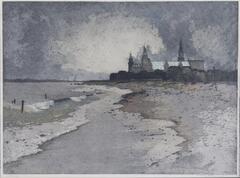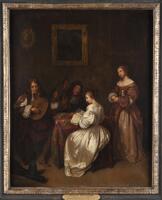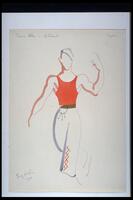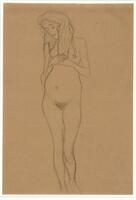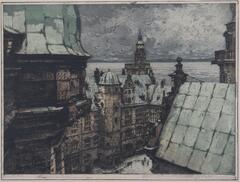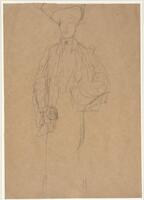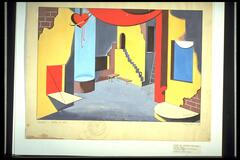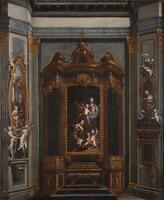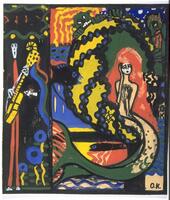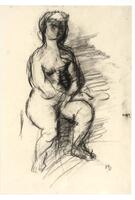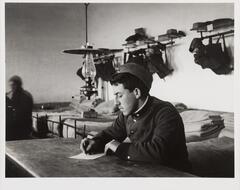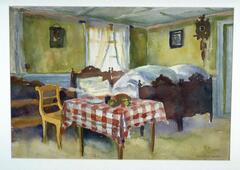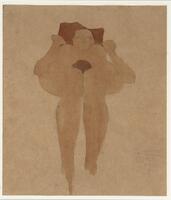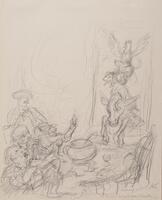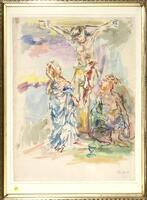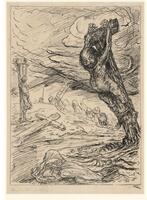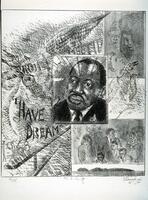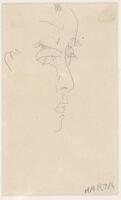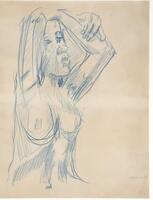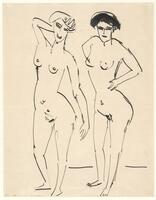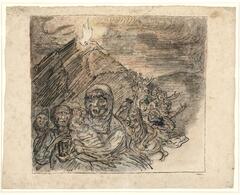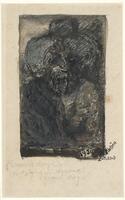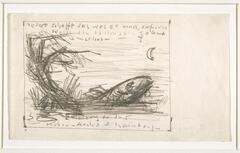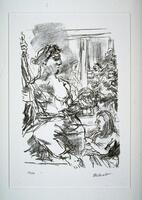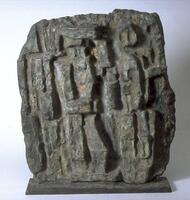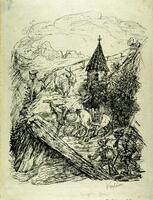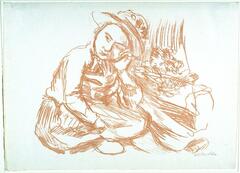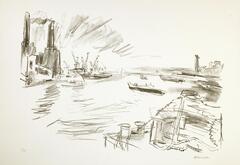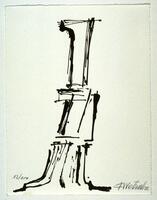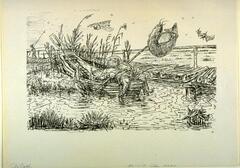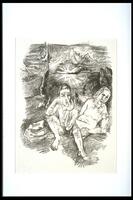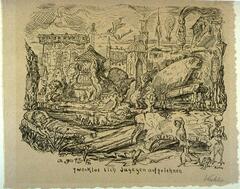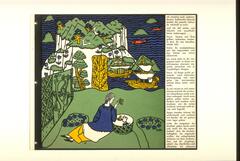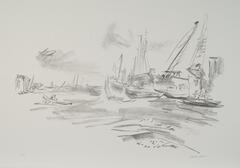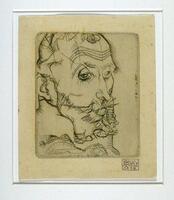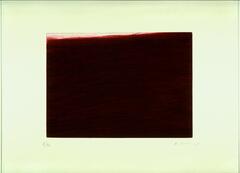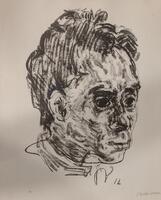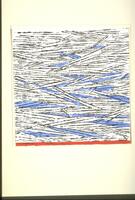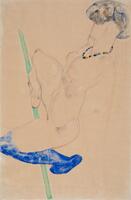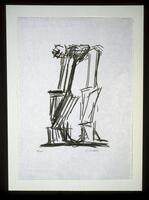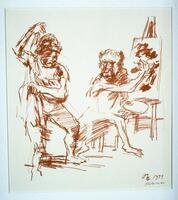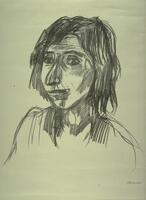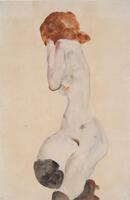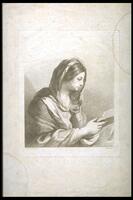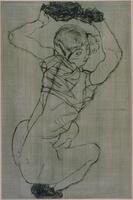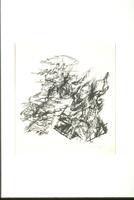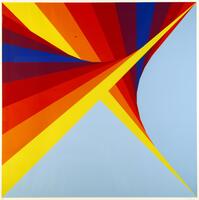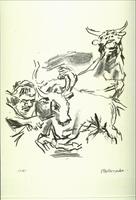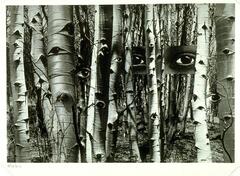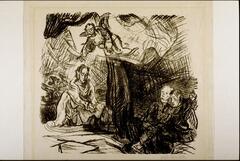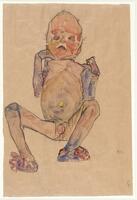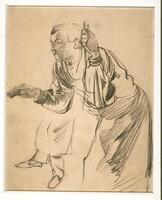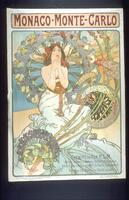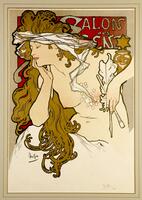72 Items in this Learning Collection
Collection Object
Collection Object
Collection Object
Collection Object
Collection Object
Collection Object
Collection Object
Collection Object
Collection Object
Collection Object
Collection Object
Collection Object
Collection Object
Collection Object
Collection Object
Collection Object
Collection Object
Collection Object
Collection Object
Collection Object
Collection Object
Collection Object
Collection Object
Collection Object
Collection Object
Collection Object
Collection Object
Collection Object
Collection Object
Collection Object
Collection Object
Collection Object
Collection Object
Collection Object
Collection Object
Collection Object
Collection Object
Collection Object
Collection Object
Collection Object
Collection Object
Collection Object
Collection Object
Collection Object
Collection Object
Collection Object
Collection Object
Collection Object
Collection Object
Collection Object
Collection Object
Collection Object
Collection Object
Collection Object
Collection Object
Collection Object
Collection Object
Collection Object
Collection Object
Collection Object
Collection Object
Collection Object
Collection Object
Collection Object
Copyright
All Rights Reserved
()
The Left Thief (Der linke Schächer), preparatory drawing for "Golgotha" illustration in 20 Pictures of the Bible (20 Bilder zur Bibel), 1924
Accession Number
2007/2.100
Title
The Left Thief (Der linke Schächer), preparatory drawing for "Golgotha" illustration in 20 Pictures of the Bible (20 Bilder zur Bibel), 1924
Artist(s)
Alfred Kubin
Artist Nationality
Austrian
Object Creation Date
1924
Medium & Support
pen and ink on laid paper
Dimensions
13 1/2 in. x 9 3/4 in. ( 34.29 cm x 24.77 cm )
Credit Line
Gift of the Ernst Pulgram and Frances McSparran Collection
Label copy
Oskar Kokoschka
Austria, 1886–1980
Crucifixion
1958
Watercolor on paper
Gift of the Ernst Pulgram and Frances McSparran Collection, 2007/2.90
Alfred Kubin
Austria, 1887–1959
The Left Thief (Der linke Schächer)
1924
Pen and ink on paper
Gift of the Ernst Pulgram and Frances McSparran Collection, 2007/2.100
Like Dix’s reworking of da Vinci, many Expressionists remained drawn to traditional subject matter, despite their rebellion against the formal art establishment. Both Oscar Kokoschka and Alfred Kubin turned to biblical stories as sources but depicted these scenes in their own individual manner.
Kokoschka’s Crucifixion utilizes traditional iconography: Mary and John at the foot of the cross and a goblet in the foreground, a symbol of Christ’s blood. Yet Kokoschka’s forceful style dominates, as figures become linear contours and scale is abandoned.
Kubin’s Crucifixion, a preparatory study for his print Golgotha, omits Christ altogether—the cross lies empty on the ground—and instead focuses on the left thief, the “bad thief” who does not repent of his sins. The “good thief” hangs peacefully in the background while the misery of the bad thief, now alone and alienated as Mary and the spectators descend from the hilltop, emanates from his horribly distorted body and cynical gaze.
Subject matter
A remake of the traditional crucifixion scene, showing a distended left thief (the bad thief) looking out at the viewer while Christ's cross is empty and the right-hand thief (the good thief) has died a serene death. Viewers in the background walk past.
Physical Description
A remake of the traditional Golgotha crucifixion scene. On the right is a horribly distended figure, hanging precariously from a cross that leans out toward the viewer. He represents the left thief, or, the bad thief. He looks out toward the viewer. At the bottom center is a hooded Mary figure, her face shielded from view. At the far left, another cross contains the regular, "sleeping" form of another crucified man, but without the distention of the first. On the ground between the two is the empty cross of Christ, marked by the INRI signed nailed into its top. Along the center of the image, in the background, a file of viewers move from right to left, one of whom carries a ladder. Clouds can be seen in the sky.
Primary Object Classification
Drawing
Primary Object Type
preparatory drawing
Collection Area
Modern and Contemporary
Rights
If you are interested in using an image for a publication, please visit http://umma.umich.edu/request-image for more information and to fill out the online Image Rights and Reproductions Request Form.
Keywords
Crucifixion (religious theme)
Mary
crosses
2007/2.100
Title
The Left Thief (Der linke Schächer), preparatory drawing for "Golgotha" illustration in 20 Pictures of the Bible (20 Bilder zur Bibel), 1924
Artist(s)
Alfred Kubin
Artist Nationality
Austrian
Object Creation Date
1924
Medium & Support
pen and ink on laid paper
Dimensions
13 1/2 in. x 9 3/4 in. ( 34.29 cm x 24.77 cm )
Credit Line
Gift of the Ernst Pulgram and Frances McSparran Collection
Label copy
Oskar Kokoschka
Austria, 1886–1980
Crucifixion
1958
Watercolor on paper
Gift of the Ernst Pulgram and Frances McSparran Collection, 2007/2.90
Alfred Kubin
Austria, 1887–1959
The Left Thief (Der linke Schächer)
1924
Pen and ink on paper
Gift of the Ernst Pulgram and Frances McSparran Collection, 2007/2.100
Like Dix’s reworking of da Vinci, many Expressionists remained drawn to traditional subject matter, despite their rebellion against the formal art establishment. Both Oscar Kokoschka and Alfred Kubin turned to biblical stories as sources but depicted these scenes in their own individual manner.
Kokoschka’s Crucifixion utilizes traditional iconography: Mary and John at the foot of the cross and a goblet in the foreground, a symbol of Christ’s blood. Yet Kokoschka’s forceful style dominates, as figures become linear contours and scale is abandoned.
Kubin’s Crucifixion, a preparatory study for his print Golgotha, omits Christ altogether—the cross lies empty on the ground—and instead focuses on the left thief, the “bad thief” who does not repent of his sins. The “good thief” hangs peacefully in the background while the misery of the bad thief, now alone and alienated as Mary and the spectators descend from the hilltop, emanates from his horribly distorted body and cynical gaze.
Subject matter
A remake of the traditional crucifixion scene, showing a distended left thief (the bad thief) looking out at the viewer while Christ's cross is empty and the right-hand thief (the good thief) has died a serene death. Viewers in the background walk past.
Physical Description
A remake of the traditional Golgotha crucifixion scene. On the right is a horribly distended figure, hanging precariously from a cross that leans out toward the viewer. He represents the left thief, or, the bad thief. He looks out toward the viewer. At the bottom center is a hooded Mary figure, her face shielded from view. At the far left, another cross contains the regular, "sleeping" form of another crucified man, but without the distention of the first. On the ground between the two is the empty cross of Christ, marked by the INRI signed nailed into its top. Along the center of the image, in the background, a file of viewers move from right to left, one of whom carries a ladder. Clouds can be seen in the sky.
Primary Object Classification
Drawing
Primary Object Type
preparatory drawing
Collection Area
Modern and Contemporary
Rights
If you are interested in using an image for a publication, please visit http://umma.umich.edu/request-image for more information and to fill out the online Image Rights and Reproductions Request Form.
Keywords
Crucifixion (religious theme)
Mary
crosses
